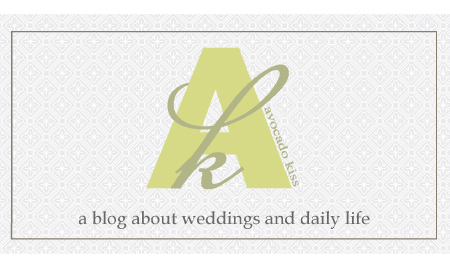Have you ever seen a great colour scheme at a wedding or other event and wondered "how did they think of that?" Believe it or not, developing a fabulous colour palette isn't guesswork... it's actually based on science and a handy-dandy little tool called the colour wheel.

White light contains all visible colours, and those colours form a spectrum that becomes visible in a rainbow. The colour wheel is our tool for understanding how those colours relate to each other. To make it practical, the infinity of colours is represented by 12 basic hues... kind of like your first box of crayons!
You can think of the primary colours of blue, yellow and red as "parent" colours. They are the only colours not made from other colours. They're positioned around the wheel in thirds.

Secondary colours are halfway between each of the primary colours. They are made from equal amounts of the nearest primaries.

Finally, tertiary colours fill the remaining gaps in the colour wheel. They are made from equal amounts of the adjacent primary and secondary colours.

As you can see, every colour is part of the colour next to it, which is part of the next, and the next, and so on and so on all around the wheel. "Colours in common" are the basis of colour relationships.
Blue is common to all seven of these colours, which get less blue as they fan out. Green and violet are the secondaries that contain blue.

Yellow is common to these seven colours, which get less yellow as they fan out. Green and orange are the secondaries that contain yellow.

Finally, red is common to these seven colours, which (you guessed it!) get less red as they fan out. Orange and violet are the secondaries that contain red.

Now, before we get to combining colours, here's one last concept. Colour also has darkness and lightness, or value. To show value, the colour wheel has more rings -- two big rings for the dark shades (made by adding black to the hues) and two small rings for the light tints (made by adding white to the hues).

OK, now that you've got those concepts under your belt, we're ready to talk colour combinations. Probably the easiest colour scheme is the monochromatic combination.

It doesn't have any colour depth, but it does have a great contrast between dark, medium and light.
Another easy colour scheme is the analogous (or adjacent colour) combination.

Analogous colours share strong undertones (here, yellow and red) which create pleasing, low-contrast harmony. Analogous palettes are rich and always easy to work with.
Direct opposites on the colour wheel are complements -- in this case, blue and orange.

What the complement brings is contrast. A colour and its complement convey energy and excitement. Typically, the complement is used in a smaller amount as an accent.
One step either way are the complement's own analogous colours. This palette is called a split complement (my personal favourite!).

The strength of this palette is the low-contrast beauty of analogous colours, plus the added "pop" of an opposite colour. In this case the red, because it's the most different, would be the accent.
Secondary colour palettes can also be attractive.

Secondary colours have a lot in common -- two share blue, two share yellow and two share red -- so they harmonize easily. As a trio they are soft, inviting and rich, and have pleasing depth and dimension that are hard to get in other ways.
One final palette is the primary palette.

The key thing to remember with all these palettes is that just one spin to the right or left gives you a whole new colour scheme. It's that easy!
So there you go... the science of colour. You can find colour wheels at pretty much any craft or art supplies store. You can also download a great PDF version here.
Now get out there and start spinning the colour wheel!

No comments:
Post a Comment